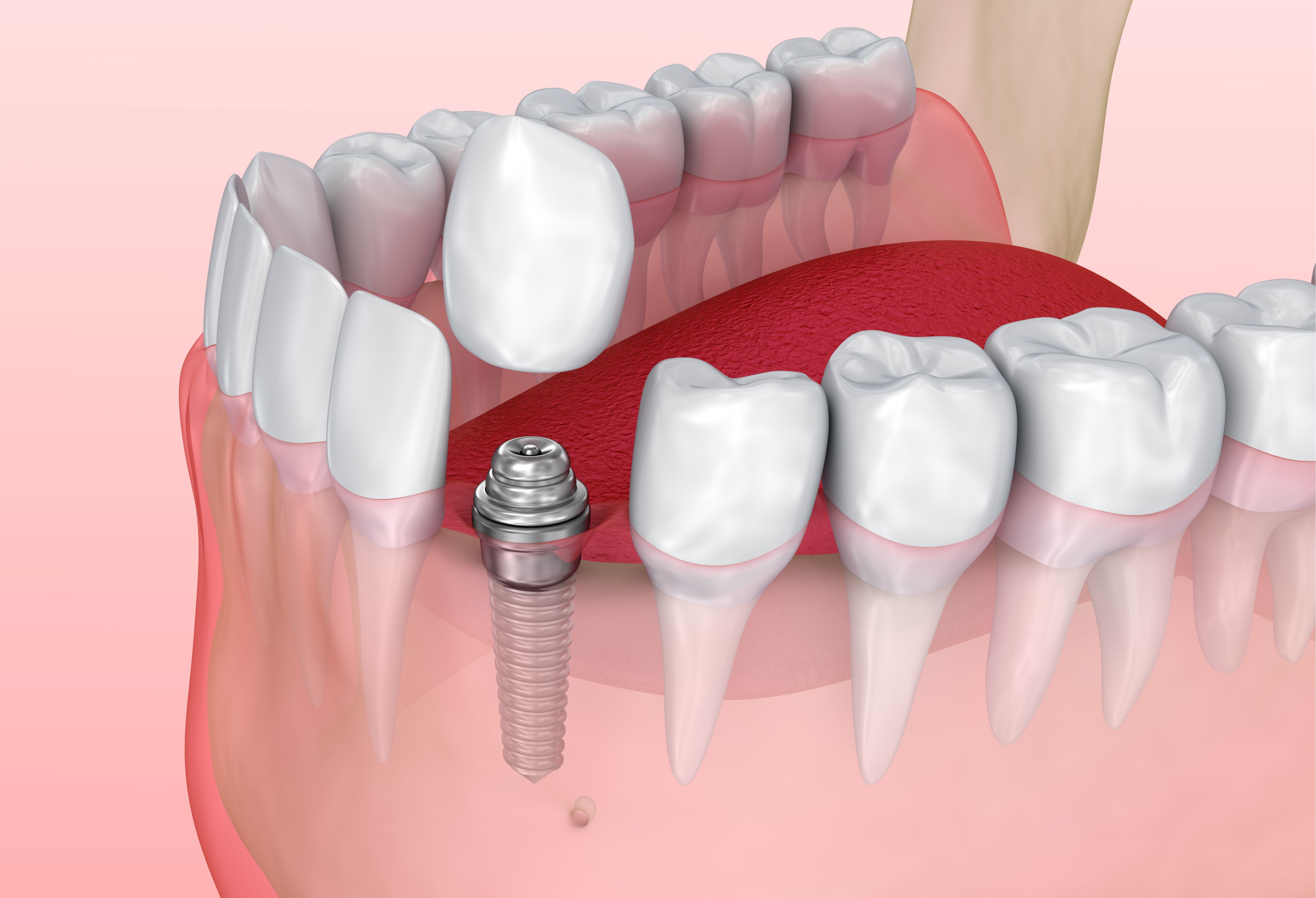 Losing a tooth can be upsetting. Not only does it cause a noticeable gap in your teeth, it also has a negative impact on your oral health. In decades past, the only solutions for single tooth replacement were a traditional dental bridge or a partial denture.
Losing a tooth can be upsetting. Not only does it cause a noticeable gap in your teeth, it also has a negative impact on your oral health. In decades past, the only solutions for single tooth replacement were a traditional dental bridge or a partial denture.
Fortunately, we are now able to replace missing teeth with dental implants. Today, our doctors at the Hawaii Pacific Dental Group in East Honolulu and Hawaii Kai explain how they can use a dental implant for single tooth replacement.
Benefits of Choosing a Dental Implant for Single Tooth Replacement
There are significant advantages to choosing a dental implant over conventional tooth replacement alternatives.
First, in order to place a traditional dental bridge, the natural teeth on either side of the gap must be filed down. This is to provide a proper fit for your restoration, as the teeth will serve as anchors to support the bridge. Unfortunately, altering the teeth can weaken them over time, making them more vulnerable to damage and decay.
A dental implant is a one-tooth solution to a one-tooth problem. Therefore, there is no need to file down the neighboring teeth. As a result, healthy tooth structure can be left intact.
In addition, a dental implant helps preserve existing jawbone and prevent bone deterioration over time. For example, the natural tooth roots keep the jawbone strong and healthy. When a tooth is removed, the jawbone no longer receives stimulation. A dental implant is the only way to replace a missing tooth root, thereby promoting healthy bone growth once again.
Single Dental Implant Treatment Process
Replacing a single tooth with a dental implant typically involves three stages. These include:
- Dental implant placement: The first step is to place the implant into the jawbone. This is completed during an oral surgery procedure. Your doctor will numb the gums and create a small incision to access the jawbone. After strategically placing the post into the bone tissue, the incision is closed with stitches. In most cases, a few months of healing is required. During this time, the bone tissue will fuse to the titanium implant during a process called osseointegration.
- Placement of abutment: Once the healing process is complete, a small connector post, called an abutment, will be attached to the implant. This piece will extend slightly past the gums and provide an anchor for your final crown.
- Placement of final crown: After the abutment is tightened into place, your crown can be attached and secured. This can be achieved with dental cement or screw-retention.
Caring for Your Dental Implant
Caring for your new implant-supported crown is easy, as it can be brushed and flossed just like your other teeth. We also recommend using an antibacterial mouthwash to keep harmful microbes at bay. Most importantly, be sure to attend all routine dental cleanings and examinations so that your doctor can monitor the health of your implant.
Learn More about Single Tooth Replacement with Dental Implants
If you are missing a tooth, a dental implant can provide reliable, long-term results. To learn more, call our office at (808) 955-0008 or contact us online anytime.

